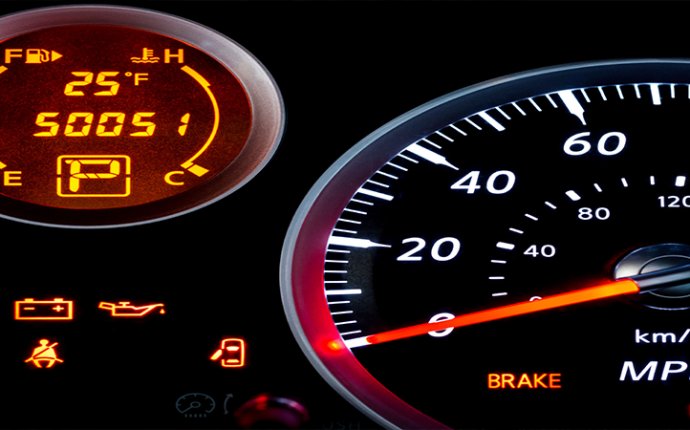
Vehicle Electrical Systems
The electrical system of a car is a closed circuit with an independent power source the battery. It operates on a small fraction of the power of a household circuit.
A circuit usually includes more than one component, such as bulbs in the lighting circuits. It matters whether they are connected in series one after the other or in parallel side by side.
A headlamp bulb, for example, is designed to have a degree of resistance so that it consumes a certain current to glow normally.
But there are at least two headlamps in the circuit. If they were connected in series, electric current would have to go through one headlamp to get to the other.
The current would encounter the resistance twice, and the double resistance would halve the current, so that the bulbs would glow only feebly.
Connecting the bulbs in parallel means that electricity goes through each bulb only once.
Some components must be connected in series. For example, the sender in the fuel tank varies its resistance according to the amount of fuel in the tank, and 'sends' a small electrical current to the fuel gauge.
The two components are connected in series so that the varying resistance in the sender will affect the position of the needle on the gauge.
Ancillary circuits
The starter motor has its own heavy cable, direct from the battery. The ignition circuit furnishes the high-tension impulses to the sparkplugs; and the charging system includes the generator, which recharges the battery. All the other circuits are called ancillary (subsidiary) circuits.
Most are wired through the ignition switch, so that they work only when the ignition is switched on.
This prevents you accidentally leaving something switched on which might cause the battery to go flat.
The side and tail lights, however, which you may need to leave on when the car is parked, are always wired independently of the ignition switch.
When fitting extra accessories, such as a rear window heater which consumes a heavy current, always wire it through the ignition switch.
Some ancillary components can be operated without the ignition turned on by turning the switch to the 'auxiliary' position. A radio is usually wired through this switch, so that it can be played with the engine off.
Wires and printed circuits
The instrument connections to this printed circuit are removed by squeezing the integral catches on each end.
Wire and cable sizes are classified by the maximum amperage that they can carry safely.
A complex network of wires runs through the car. To avoid confusion, each wire is colour coded (but only within the car: there is no national or international system of colour-coding).
Most car handbooks and service manuals include a wiring diagram which can be difficult to follow.
The colour-coding, however, is a useful guide to tracing wiring.
Where wires run side-by-side they are bound together in a bundle, in a plastic or fabric sheath, to keep them tidy and less difficult to fit.
This bundle of wires stretches over the length of the car, with single wires or small groups of wires emerging where necessary, and is called the wiring loom.
Modern cars often need room for many wires in confined spaces. Some manufacturers now use printed circuits instead of bundles of wires, particularly at the rear of the instrument panel.
Printed circuits are plastic sheets on which copper tracks have been 'printed'. Components are plugged directly into the tracks.









